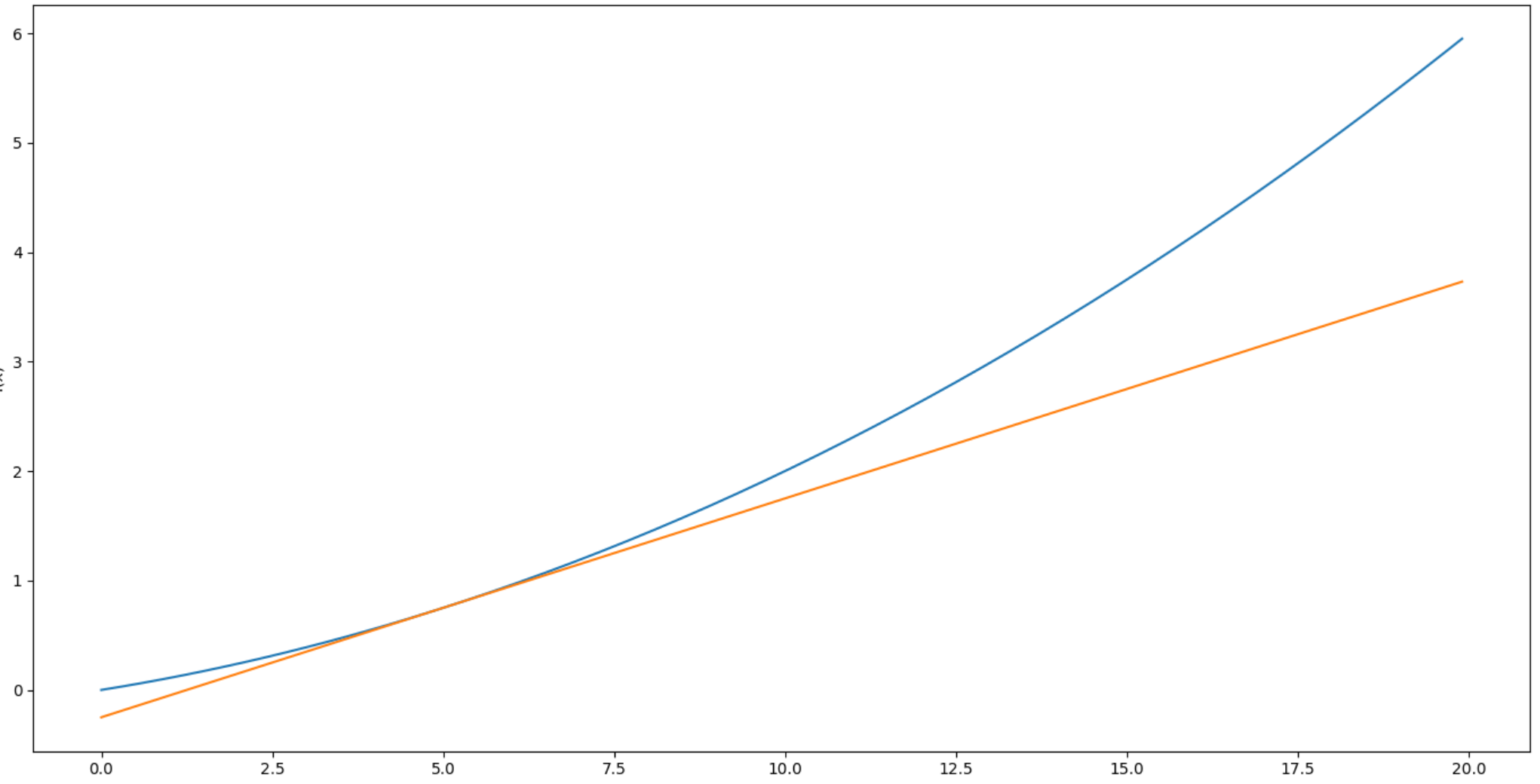In numerical differentiation, symmetric Newton’s quotient (a.k.a. symmetric difference quotient) is known to more effectively approximate the first derivative of given function ![]() , in comparison with the (first-order) divided difference. This statement can be summarized as the following proposition.
, in comparison with the (first-order) divided difference. This statement can be summarized as the following proposition.
Proposition 1.
for sufficiently smalland
.
This sounds intuitively correct, since taking average of left and right divided differences at the point ![]() seem to smoothen the drastic slope change that can occasionally occur only one side. This is shown by somewhat technical manner.
seem to smoothen the drastic slope change that can occasionally occur only one side. This is shown by somewhat technical manner.
Proof. Note that ![]() is bounded around
is bounded around ![]() since
since ![]() is assumed to be of class
is assumed to be of class ![]() as a function on
as a function on ![]() . By the Taylor series expression of
. By the Taylor series expression of ![]() and
and ![]() at
at ![]() , we get:
, we get:
![Rendered by QuickLaTeX.com \[\begin{array}{l}\displaystyle{ f(a+h)=f(a)+f'(a)h+\frac{f''(a)}{2}h^2+\frac{f'''(\xi_h)}{6}} \quad (\xi_h\in (a,a+h)), \\\\\displaystyle{f(a-h)=f(a)-f'(a)h+\frac{f''(a)}{2}h^2-\frac{f'''(\xi_{-h})}{6}} \quad (\xi_{-h}\in (a-h,a)).\end{array}\]](https://blog.icefog.work/wp-content/ql-cache/quicklatex.com-21058ea3fb5f50f5edf75978e69c356c_l3.png)
Subtracting the second row from the first, and divided by
![]()
Similarly we have the lower order infinitesimal equation:
![]()
By taking
